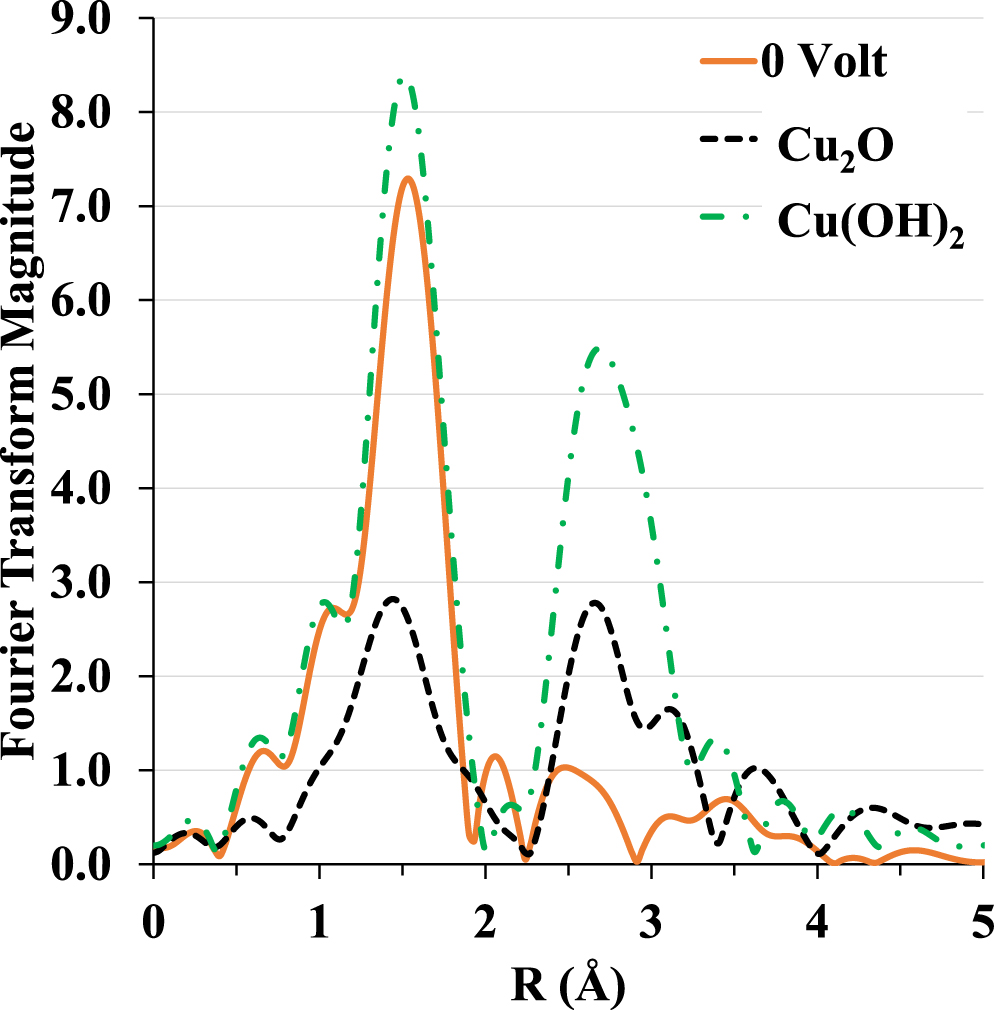News Story
Understanding the Nature of Copper Dissolution in Overdischarged Lithium-Ion Batteries

CALCE Researchers and the Naval Surface Warfare Center Carderock Division have co-authored a new article titled "Copper Dissolution in Overdischarged Lithium-ion Cells: X-ray Photoelectron Spectroscopy and X-ray Absorption Fine Structure Analysis", which is available for free in the Journal of the Electrochemical Society, Vol. 167.
Abstract: In some applications, such as military or back-up energy applications, lithium-ion batteries can undergo storage for multiple years without use. If the batteries are not properly maintained, the pack voltage can decrease over time due to cell self-discharge, battery management system power requirements, and parasitic loads. However, lithium-ion batteries have a recommended discharge voltage limit corresponding to a nominal 0% state of charge, and if discharged below this limit, they will experience an overdischarge condition which can lead to dissolution of the copper current collector and introduce potential safety and performance issues. This paper investigates the nature of copper dissolution in overdischarged lithium-ion batteries including the relative concentration and chemical state of the copper found in overdischarged batteries through characterization by X-ray photoelectron spectroscopy and X-ray absorption fine structure spectroscopy.
Follow this link to access the full article for free. If you would like to get involved in CALCE Battery Research, please contact Prof. Pecht.
Published February 7, 2020




